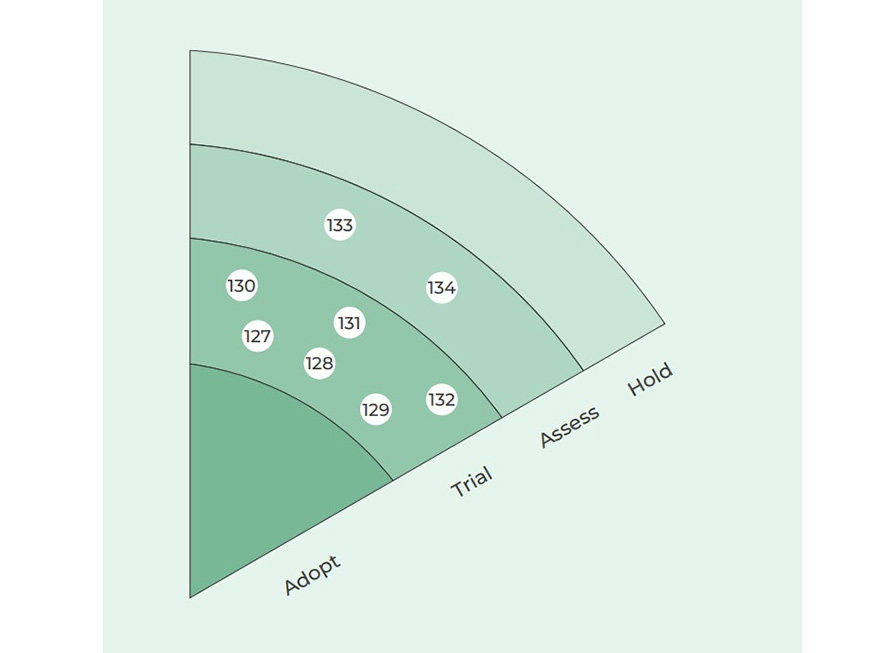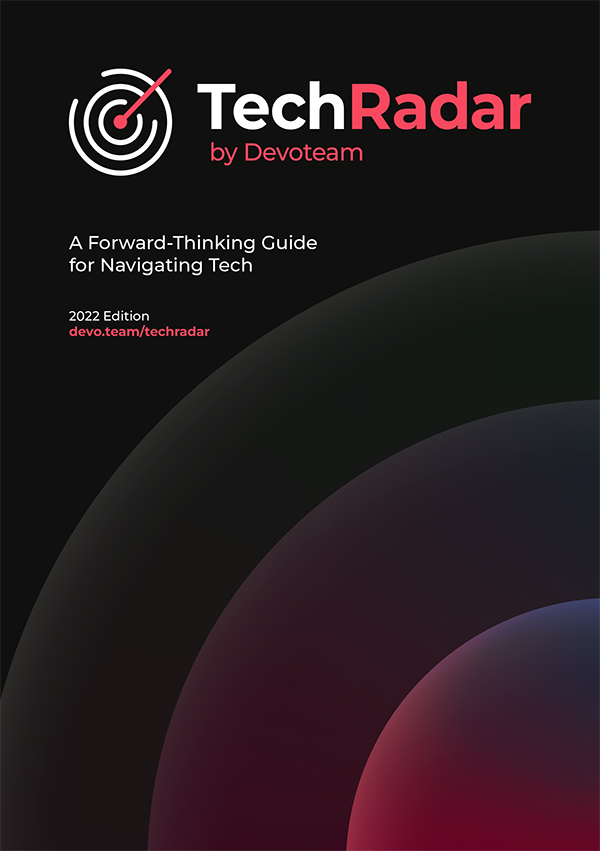Turn ESG theory into action. Understand your impact, implement responsible strategies throughout your company and discover untapped potential through sustainable practices.
Lock or Unlock the future?
Can the technologies presented here put us on the path to a better future? Or do they risk leading us down the wrong road? A look at the perspective of our experts.
On the right path…
Technology increasingly offers tools to measure, monitor, improve and report on the societal and environmental impacts of economic activities. This is a decisive step forward in guiding, streamlining and scaling up sustainable development policies and putting an end to catalogues of good intentions, isolated initiatives and greenwashing. It is also a formidable lever for innovation to transform ways of doing things and adopt more responsible practices.
… or the wrong path?
While dematerialisation saves natural resources, digital technology must not forget that its own environmental footprint (greenhouse gas emissions, but also water, metals, pollution, etc.) is growing at an unsustainable rate. Its growth also raises major societal issues such as the digital gap, lack of literacy and accessibility. This is why responsibility must be shared by all, from technology providers to end users. In particular, a whole culture of accelerated obsolescence of technologies must be challenged.

- Trial: 127. Aguaro 128. Energisme 129. Google Carbon Assesment 130. Microsoft Cloud for Sustainability 131. Salesforce Net Zero Cloud 132. ServiceNow ESG
- Assess: 133. Eco Vadis 134. Zutacore

- Aguaro, Trial
Aguaro is a French company whose solution, My IT Footprint, helps organisations manage their end-to-end journey towards more sustainable IT. Based on ServiceNow (Buildon-Now), My IT Footprint takes advantage of the automation and integration capabilities of the Now platform, as well as the data it contains on the IT assets and usage, to accurately measure the environmental impact of IT (greenhouse gas emissions, waste, etc.). My IT Footprint enables organisations to define their strategy for more responsible IT services, identify and implement concrete actions, measure progress, and communicate reliable and transparent results. In addition, it is a tool for raising awareness and driving change, and for including environmental concerns in all IT projects and practices.
- EcoVadis, Assess
In order to benchmark themselves against their peers, guide their policies and measure their progress, companies need to assess their social and environmental performance. EcoVadis was founded in 2007 and has developed a unique methodology for assessing corporate sustainability based on international standards such as the Global Reporting Initiative, the United Nations Global Compact and ISO 26000. Covering twentyone criteria divided into four themes (environment, social, ethics, responsible purchasing), this assessment is based on a personalised questionnaire, third-party information sifted through artificial intelligence, and expert analysis, and results in a summary report and avenues for improvement. This global approach is complementary to more targeted approaches, like Green IT. EcoVadis currently has more than 85,000 rated companies.
- Energisme, Trial
With its SaaS platform N’Gage, Energisme puts data and artificial intelligence at the service of energy performance, whether on the scale of a building, a production site or an urban complex. The solution collects data associated with all types of use (heating, lighting, industrial production, IT, etc.), regardless of their source (meters, IoT, management systems, etc.) and the nature of the fluids (water, gas, electricity, steam, etc.), then consolidates and analyses them to enable real-time management of consumption. With its predictive models, Engage also enables organisations to implement a sustainable optimisation strategy across practices, infrastructure and supply contracts. Energisme relies on its own data integration engine, developed and marketed by its subsidiary Loamics.
- Google Carbon Assessment, Trial
For more than a decade, Google has been investing massively to reduce the environmental impact of its activity, which has enabled it to lower the overall PUE (Power Usage Efficiency) of its data centres to 1.10, compared with an average of 1.67 for the world’s major data centres. With Google Carbon Assessment, Google is helping companies measure the carbon footprint of their own data centres and identify ways to improve, particularly by moving to the cloud. The tool is inexpensive and non-intrusive, and provides valuable information for CIOs wishing to embark on a green IT journey. However, its ease of use depends on the type of infrastructure: easy with VMware environments, more delicate with Linux servers and strict security rules. In all cases, support is still needed for more precise measurements and recommendations.
- Microsoft Sustainability Cloud, Trial
In order to reduce their greenhouse gas emissions, companies need figures above all in order to be able to direct and monitor their actions. An SaaS solution based on Microsoft tools (Azure, Power Platform, etc.), Microsoft Cloud for Sustainability enables them to collect and aggregate operational data to assess their direct and indirect emissions (Scopes 1, 2 and 3), to identify the sources of CO2 on which mitigation measures should be focused as a priority, and to establish a targeted and quantified strategy. Through summary reports and dashboards, the company can then visualise and report on the environmental impact of its activities and value chain, and measure its progress in near real time. They can then find out how to make progress in their efforts to reduce emissions, improve efficiency and make sustainable changes.

- Salesforce Net Zero Cloud, Trial
The Salesforce Net Zero Cloud is designed to monitor an organisation’s overall energy consumption, CO2 emissions, and renewable energy use. Using the Einstein Analytics artificial intelligence engine, Net Zero Cloud can calculate greenhouse gas emissions, analyse the numbers, and quickly produce accurate environmental reports for audit and management purposes. The company is then able to make informed decisions and commitments to reduce its environmental footprint and drive large-scale climate change programmes.
- ServiceNow Integrated ESG, Trial
In response to the urgency of the issues and the growing expectations of stakeholders, Integrated ESG helps companies turn their CSR commitments into concrete initiatives and report on their actions with rigour and transparency. Based on the Now platform, this operational control tower allows companies to set CSR objectives, define and measure performance indicators, and publish results in accordance with current reporting standards; build a roadmap, manage projects and assess their impact; and identify and address CSR-related risks, from regulatory compliance to brand image. Thanks to ServiceNow’s expertise in integrating elements from multiple enterprise applications and its rich ecosystem, Integrated ESG covers all CSR topics, not just environmental.
- ZutaCore, Assess
Data centres account for between a quarter and a third of corporate IT energy consumption. However, the PUE (Power Usage Effectiveness), which measures their energy performance, is on average around 1.5 compared to less than 1.1 for the best. There is therefore significant room for improvement, including innovative cooling techniques. This is why Zutacore has developed HyperCool, a liquid cooling solution that brings the fluid directly to the chip, where it dissipates heat by evaporation. Highly energy-efficient and very compact (making it particularly suitable for dense equipment and limited space), HyperCool can be deployed at the server, rack or data centre level, including on existing systems. The company claims that its solution achieves a PUE of 1.02.

